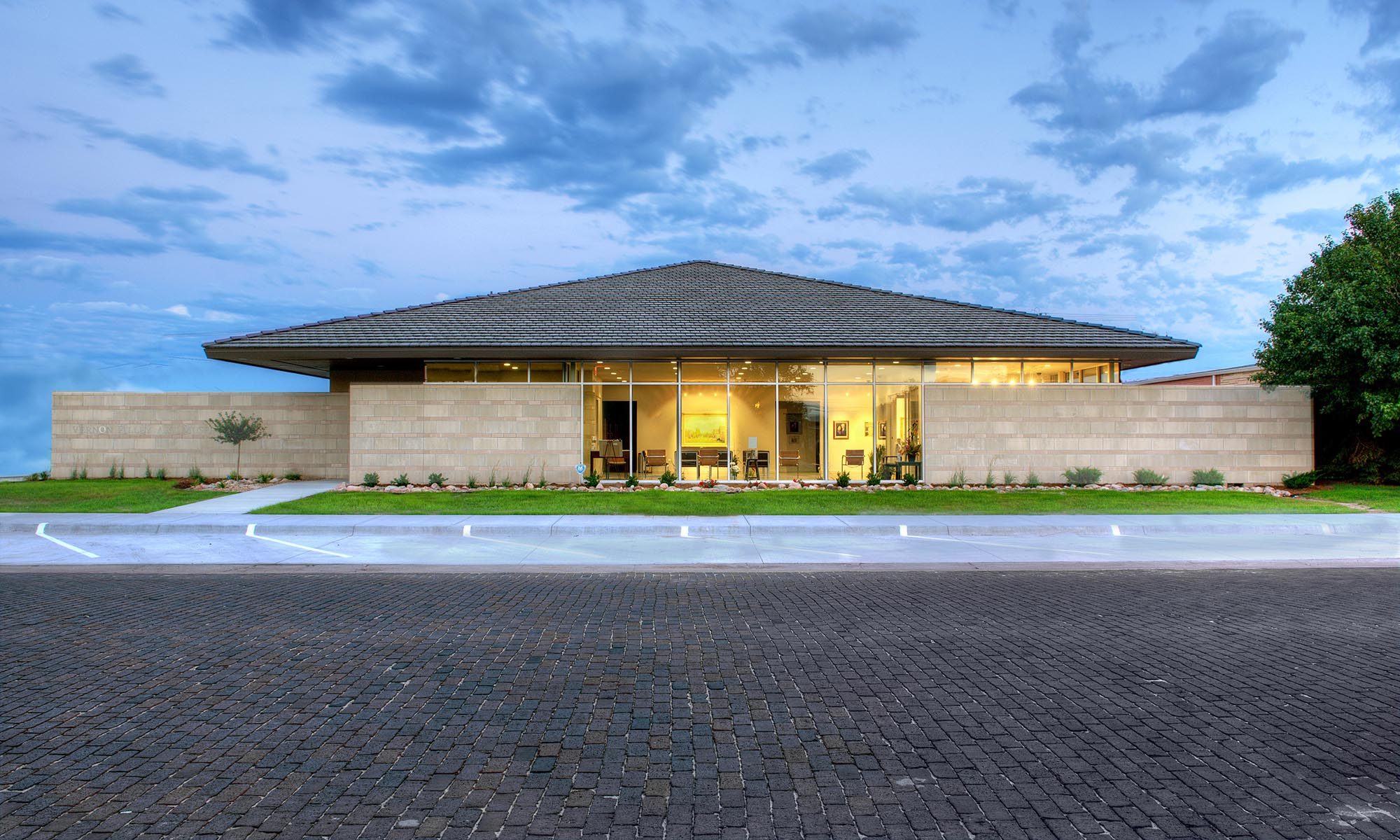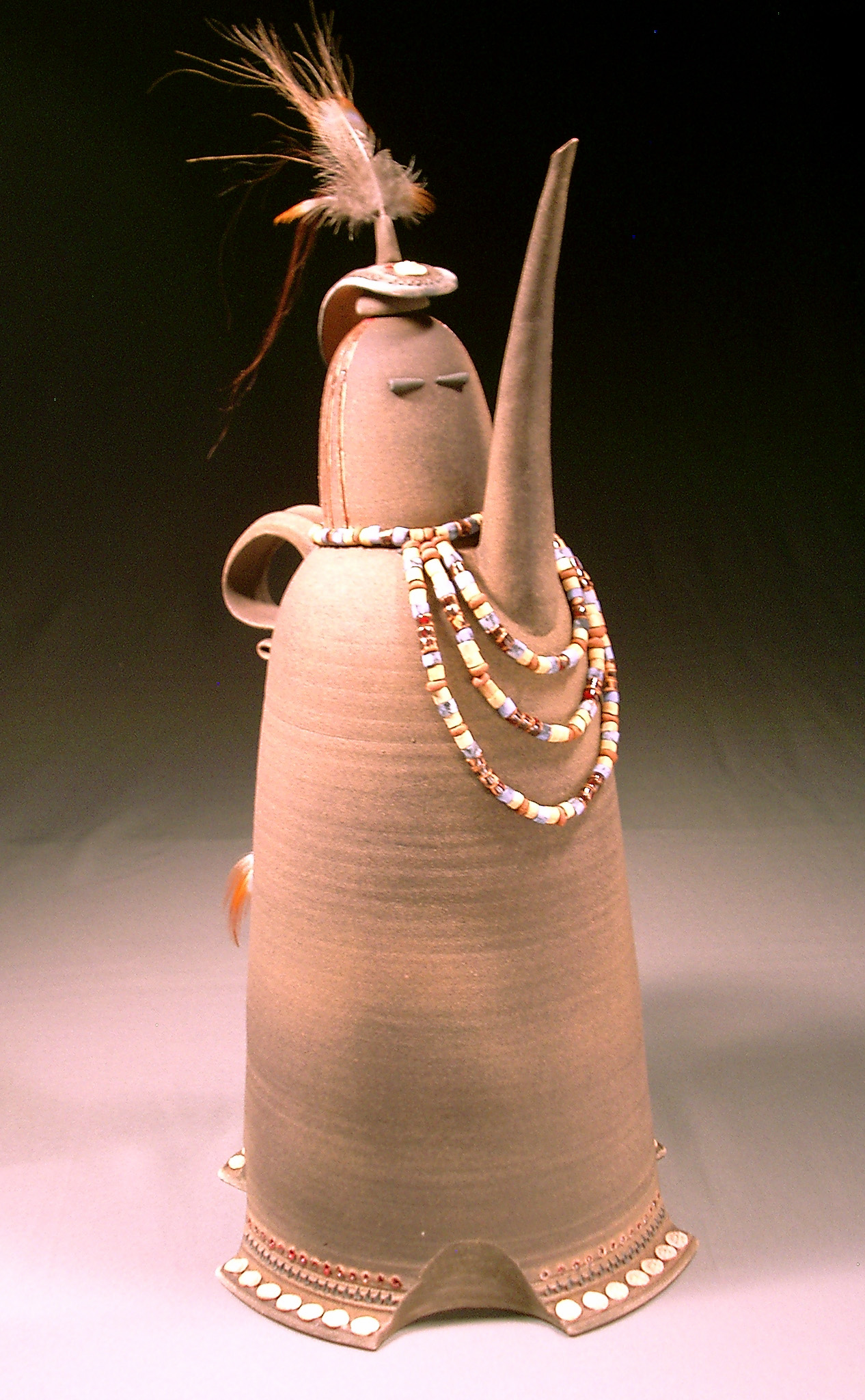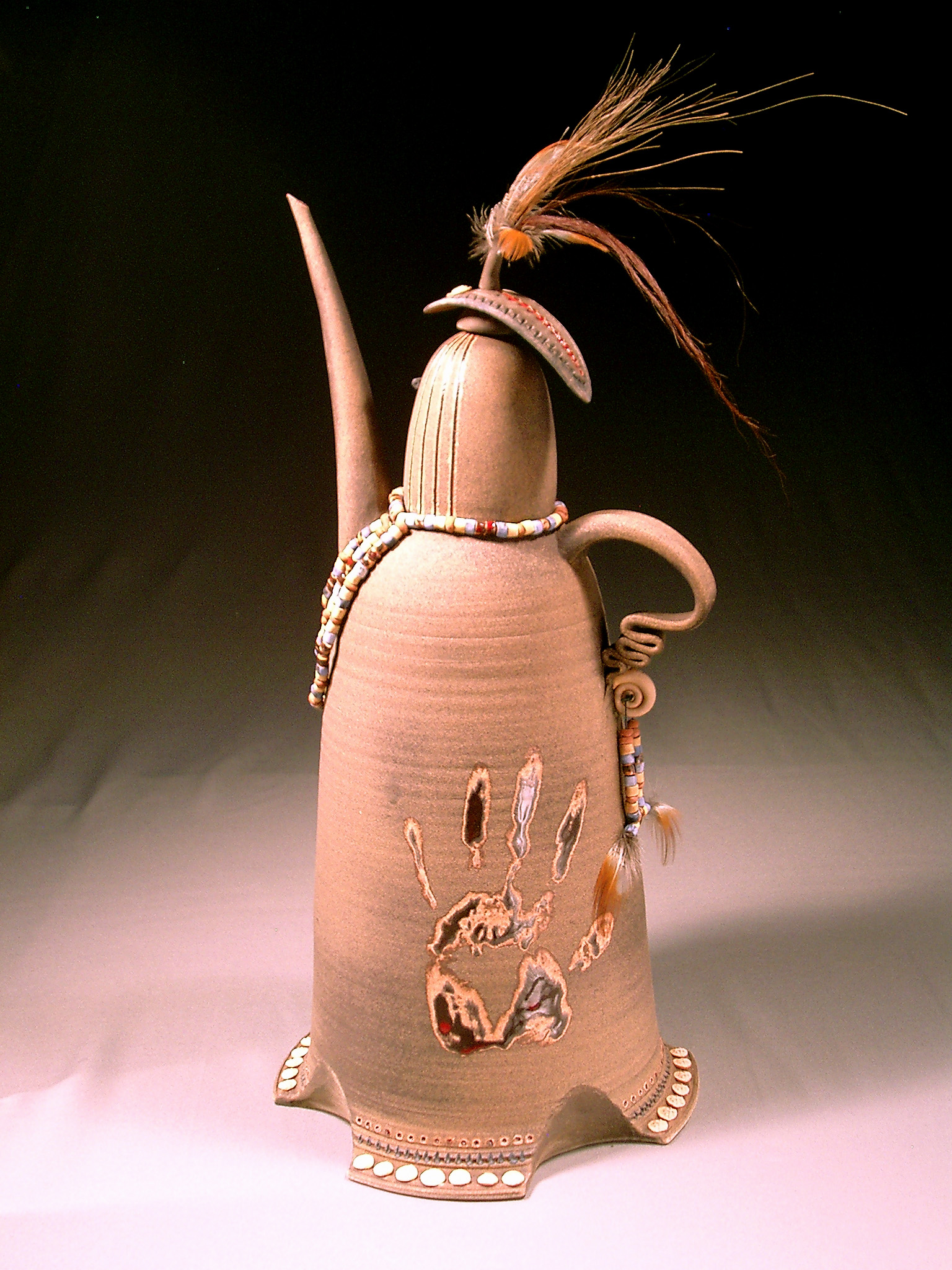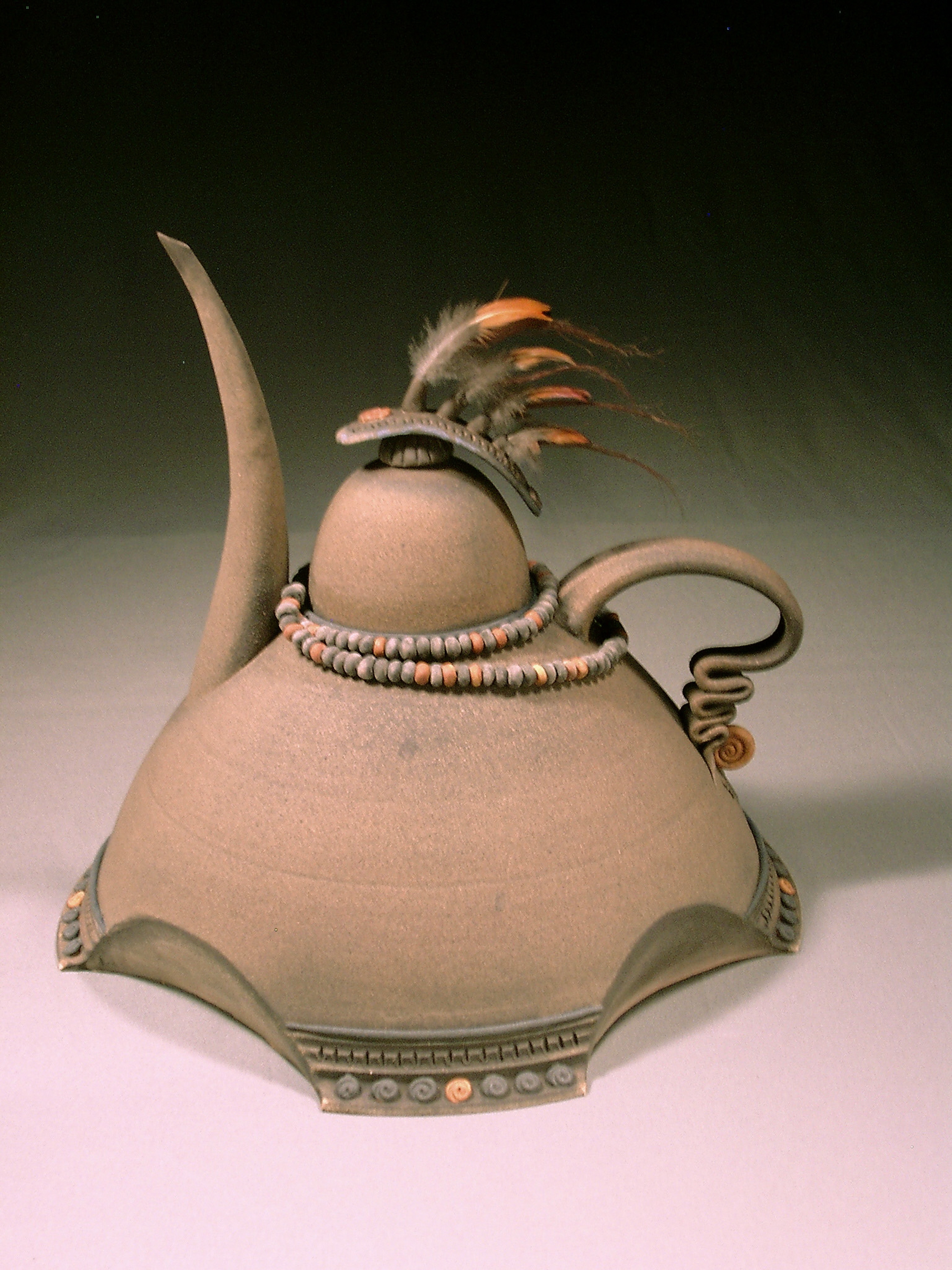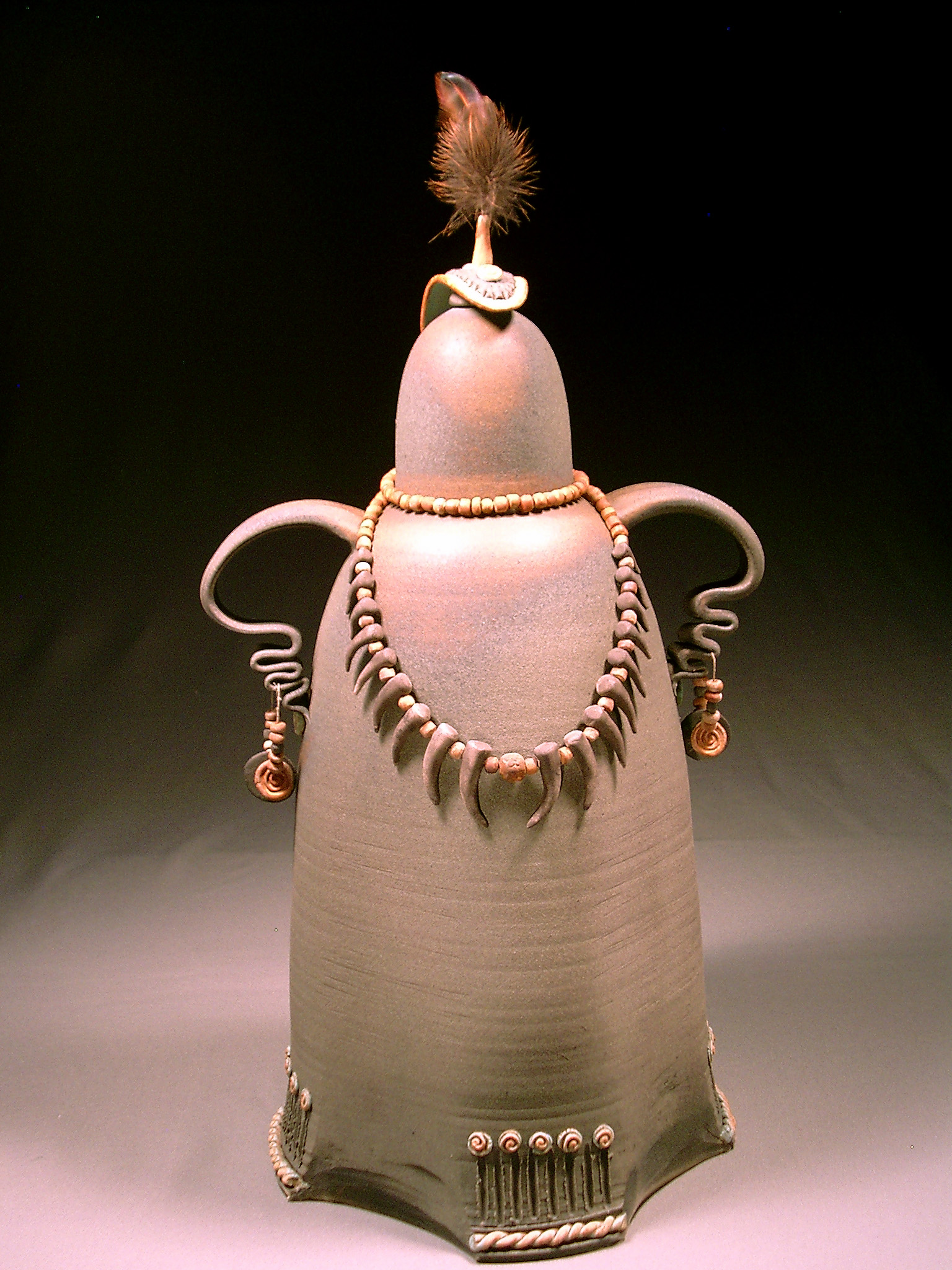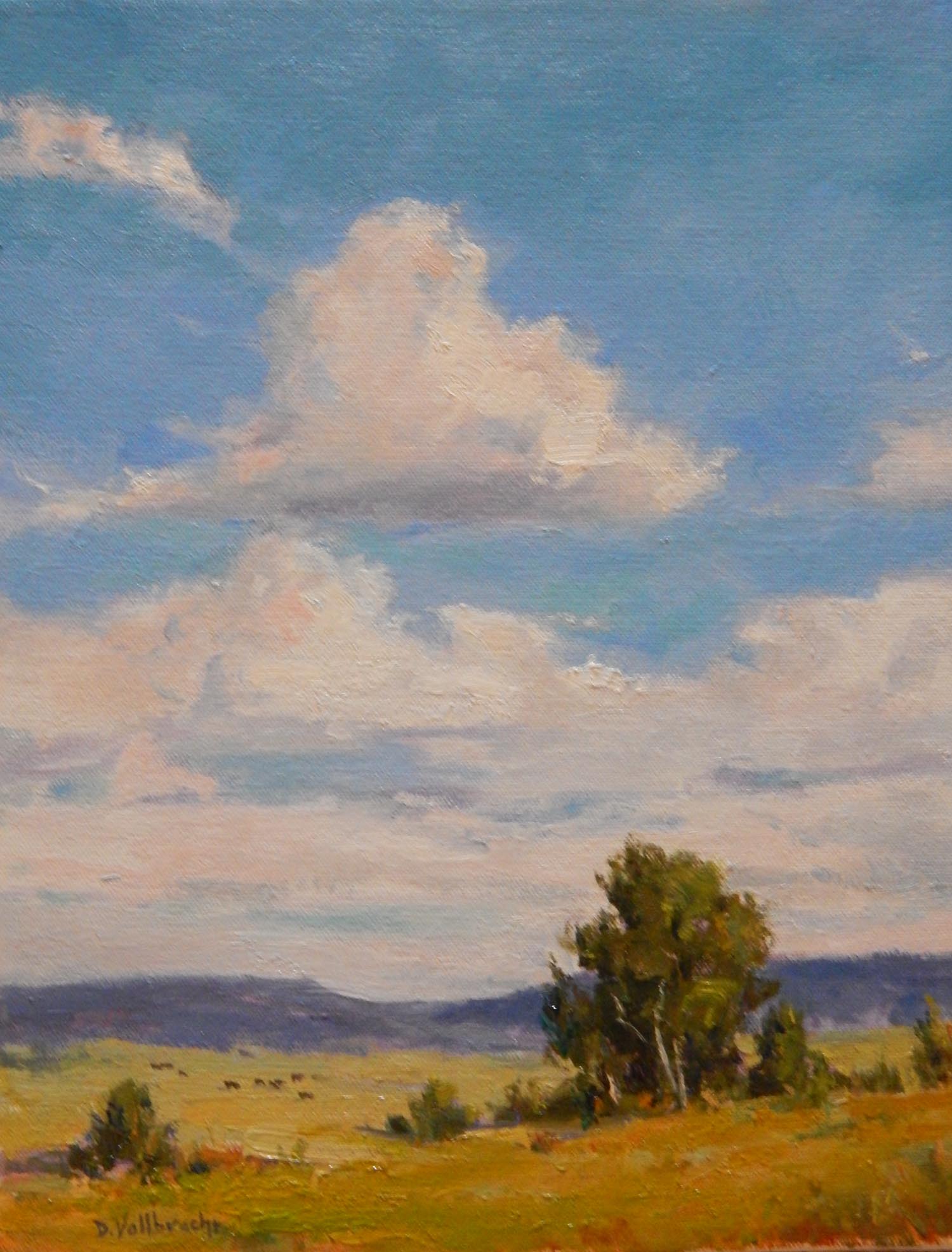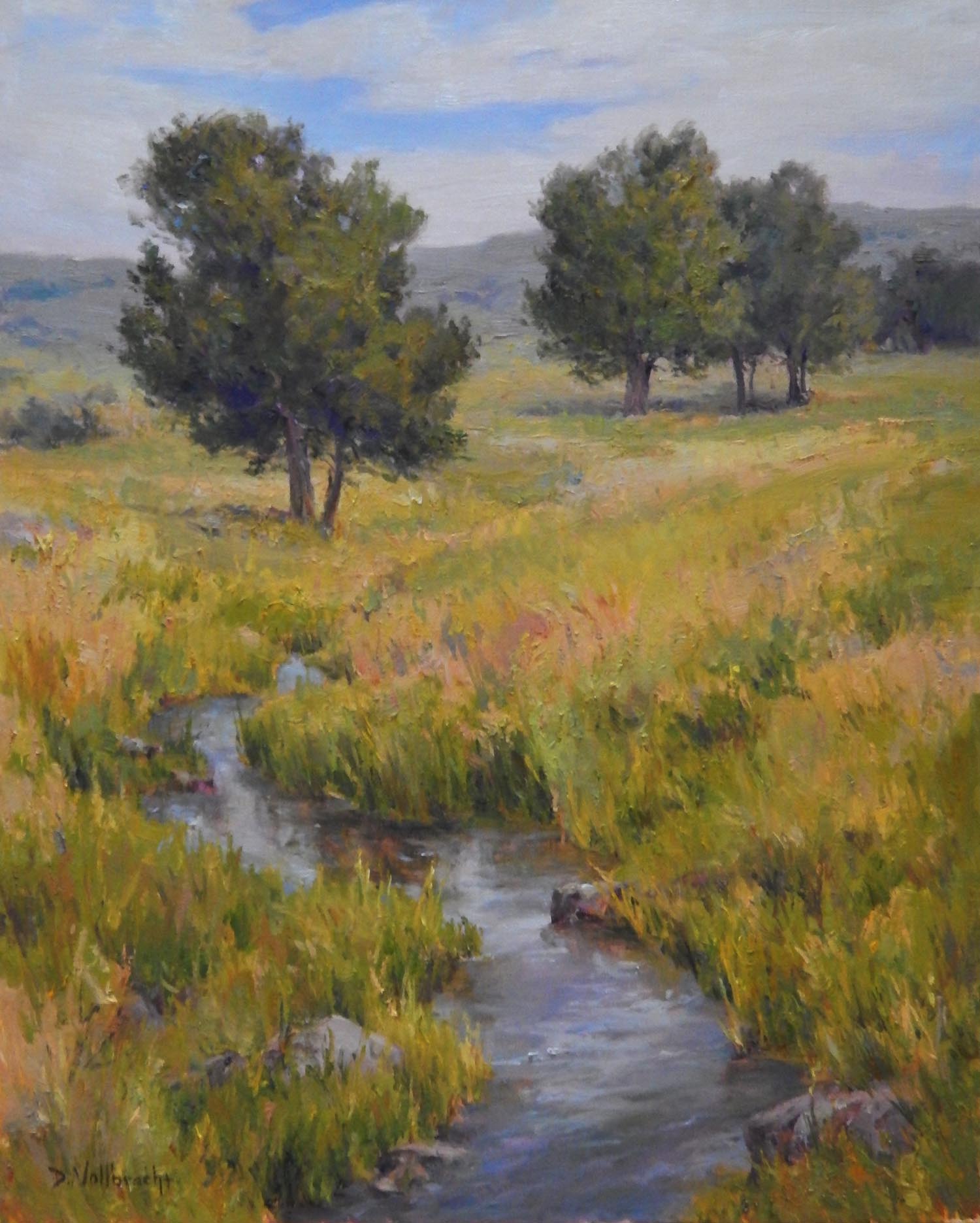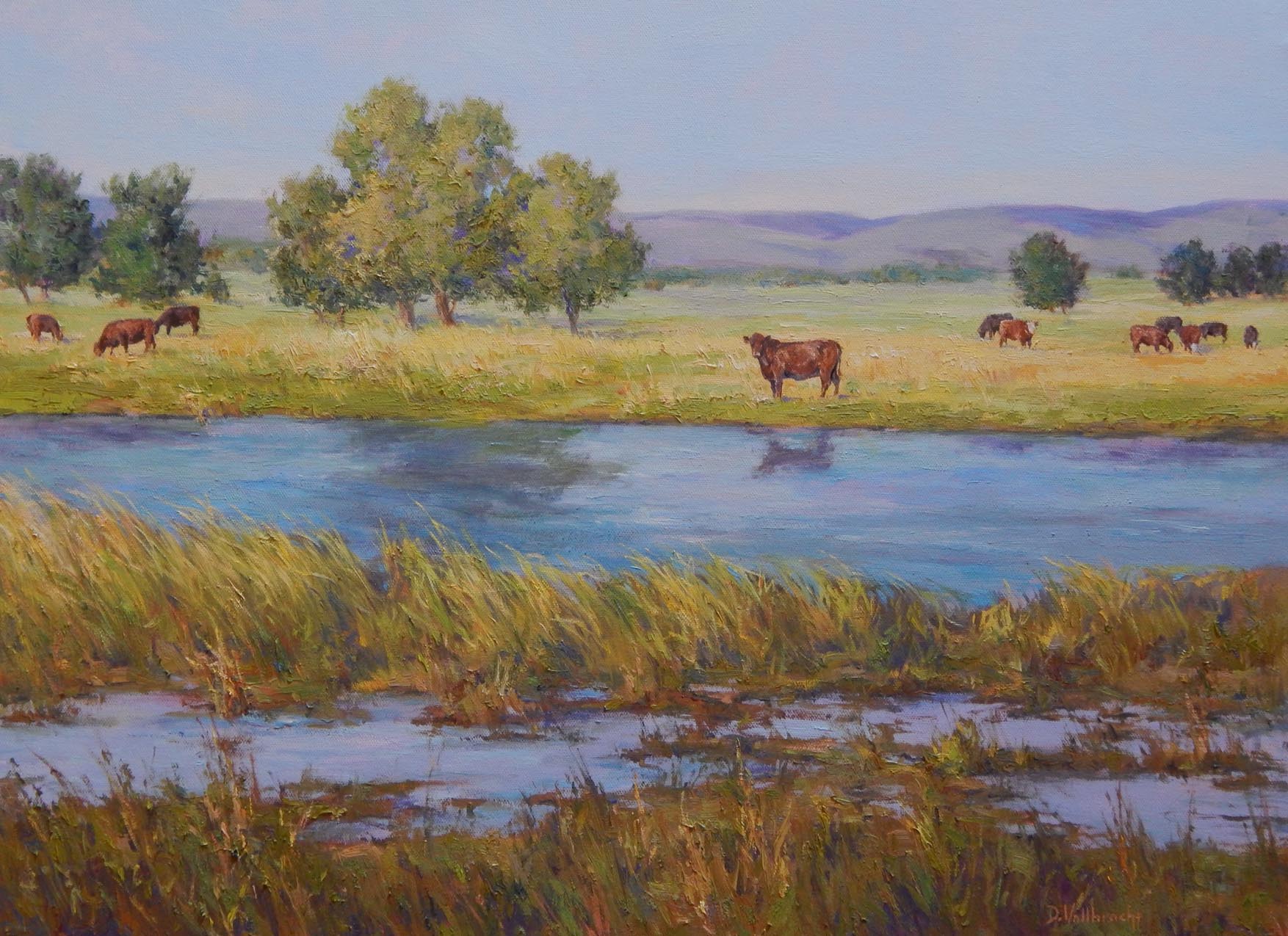North Gallery: February 6th to April 8th: Artists from Medicine Lodge @The Filley: Earl Kuhn, Caroline Norton, Elisa Stone, and David Vollbracht.
Click to View – Sneak Peek of the Exhibition Catalog: “Artists of the Red Hills”
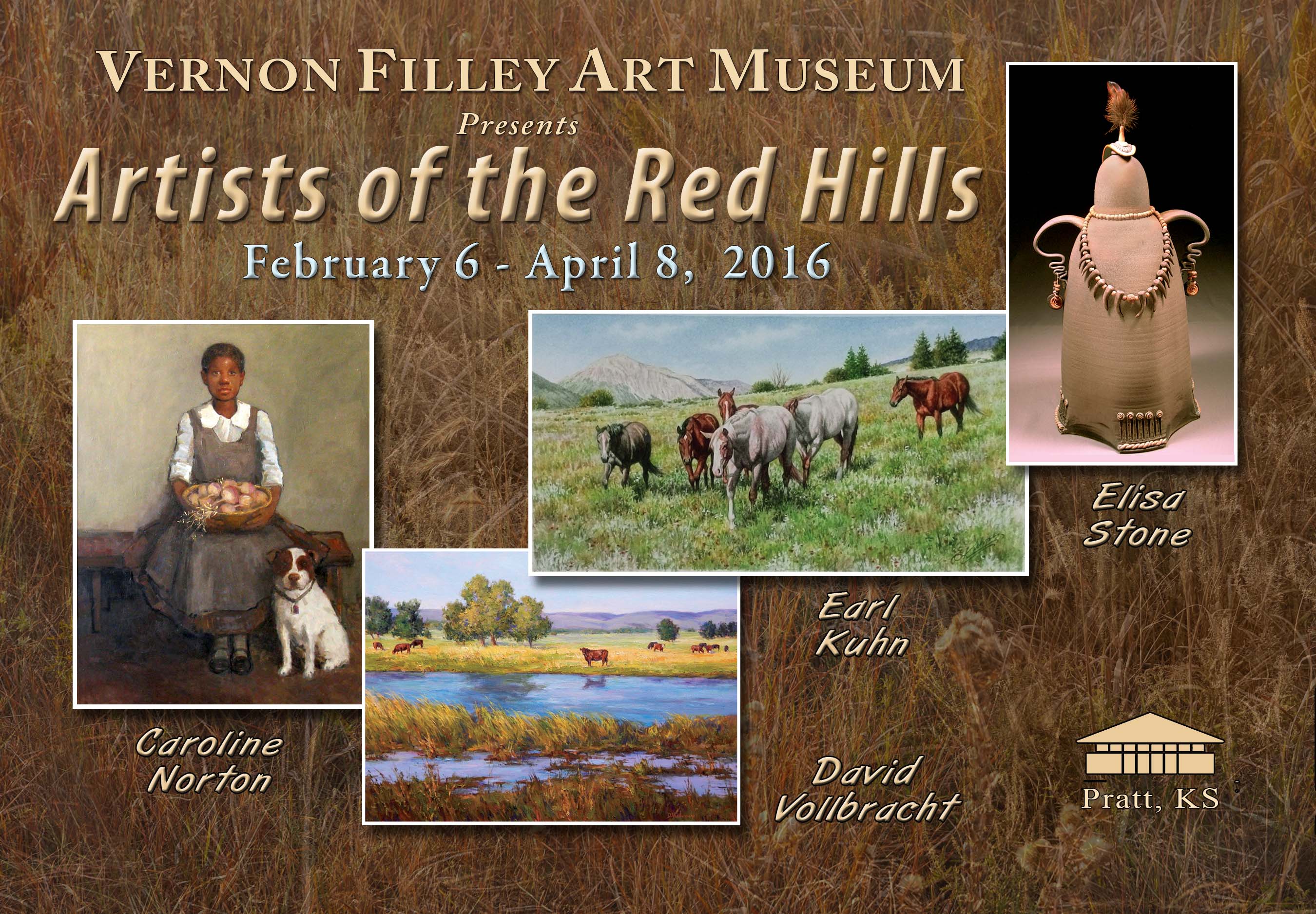
February 6th at 6pm: Opening Reception: MEET THE ARTISTS
$10 for non-members; FREE for MEMBERS
Please come enjoy wine/beer and light hors d’oeuvres
at The Filley and Meet: Kuhn, Vollbracht, Stone, & Norton
The four featured artists in this exhibit currently live in the Red Hills, Medicine Lodge area. This show will feature watercolors by Earl Kuhn; his work depicts the story of the contemporary ranch cowboy. David Vollbracht’s oil paintings depict realistic impressions of the varied landscapes of the Kansas prairie and the Rocky Mountains. Elisa Stone’s pottery is the result of a study of historical Native American life, culture, and art, specifically that of the Plains Indians. Caroline Norton’s oil paintings skillfuly represent a variety of subjects. The Filley Museum thanks these artists for donating 40% of their sales to our nonprofit.
Biography of Earl Kuhn, Western Artist
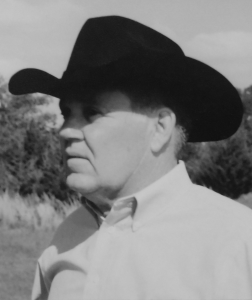
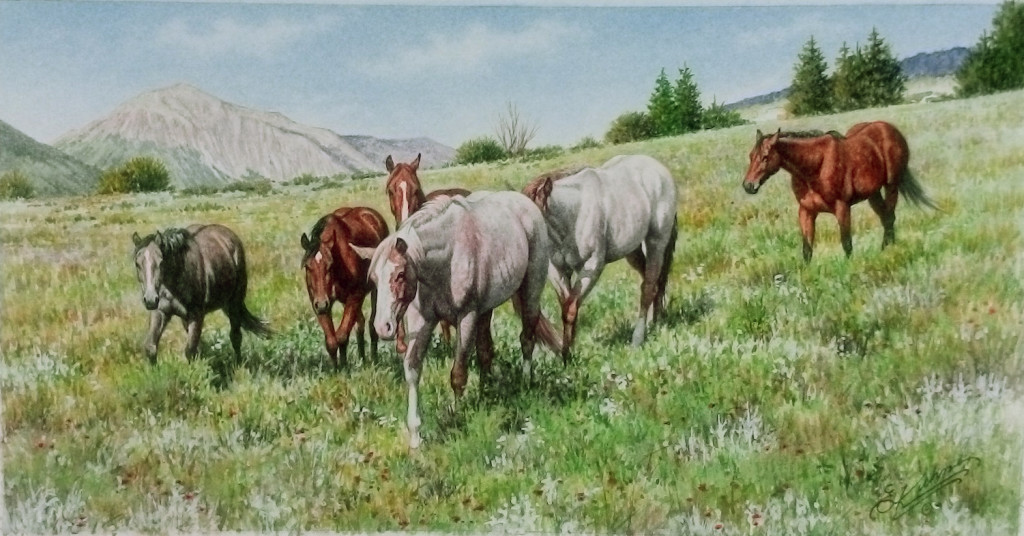
Some refer to artist, Earl Kuhn, as a painter whose brush creates a unique style of realistic Watercolor that comes to life before your eyes! His watercolors depict the story of the contemporary ranch cowboy, his horses and cattle, and the landscapes surrounding them. Two key components, very characteristic of his paintings, are the strong use of light and shadow.
Kuhn’s watercolors were chosen as “Best of Show” at the Chuckwagon Art Show, Albuquerque, New Mexico, and at the World Championship Ranch Rodeo’s “Best of the West” Western Art Show, and gold and silver medals at the National Western Artists’ and Texas Cowboy Artists’ Annual Shows, and was chosen “Artist of the Year” at the American Royal Western Art Show.
His watercolors were featured on the El Paso Southwestern Roundup Rodeo program, and he was chosen to do the painting to be featured on the 1998 Cheyenne Frontier Days Rodeo poster, the Working Ranch Cowboys Association’s World Championship Ranch Rodeo program, the World Paint Horse Show poster and program cover. He was also selected to do the painting for the Kansas Livestock Association’s 100th Anniversary Commemorative limited edition print (“The Yearlings”). His works include commission paintings throughout the year.
His works have been featured on covers of America’s Horse magazine, The Cowboy, The Western Horseman, Paint Horse Journal, Angus Journal, American Hereford Journal, The Cattlemen, Kansas Stockman, Kansas Horseman, High Plains Journal, Super Looper, and New Mexico Cattlemen. Featured stories were in Western Horseman, Paint Horse Journal, America’s Horse, Kansas Stockman, Art of the West and InformArt.
Other Western Art shows he has been invited to participate in include: Mountain Oyster Club, Tucson, Arizona; Empire Ranch Foundation Show, Sonoita, Arizona; World Championship Ranch Rodeo’ “Best of the West”; Cheyenne Frontier Days Governor’s Invitational Art Show, Wyoming; Peppertree Western Art Show, Santa Ynez, California, and numerous other one man shows. 2008 shows also include AQHA’s “America’s Horse In Art,” Amarillo Texas; and Carnegie Arts Center, Dodge City, Kansas. His works are in collections in the Ella Carothers Dunnegan Museum, Bolivar, Mo.; Kansas State University, Manhattan, Kansas; Kansas Farm Bureau, Manhattan, Kansas; Saddle and Sirloin, Kansas City, Missouri; High Plains Journal, Dodge City, Kansas City; and numerous other private collections throughout the United States.
Past Chairman and Co-Founder of the Kansas Championship Ranch Rodeo, Kuhn serves as a founding director of the Working Ranch Cowboys Association, and has been Event director for the World Championship Ranch Rodeo for the last thirteen years. Earl and Kaye own the Sagebrush Gallery (est. 1979), where his studio is located. Throughout the eighties, they held Indian Summer Days Professional Western Art Show for 2 years, with nationally known artists coming from throughout the nation.
The Kuhn family includes Kelly, and wife, Michelle; Kory, and wife Stephanie; and Kerry, and wife Misti; grandkids are Megan, Garrett, Amy, Kauy, and Kolt. Kerry, Kauy and Kory, along with their working cow-horses, provide a lot of subject matter for Earl’s paintings.
CAROLINE NORTON
http://carolinenortonstudio.com/
For 40 years now I have practiced the language of painting. I have tried to be truthful in my approach, and paint what I feel is meaningful and beautiful. I have always been uncomfortable with the categories and marketing language of art, so simply, I just paint, and hope the work gives people some enjoyment.”
Education:
1969: Study with Richard Schmid
1969-1971: American Academy of Art, Chicago
Summer 1970: Study with Richard Schmid
1980: Study with Sergei Bongart, Los Angeles, CA
1969-1988: Critique and study with Bettina Steinke
Shows:
1976: Two man show, O’Briens Art Emporium, Scottsdale, AZ
1978: Two man show, Munson Gallery, Santa Fe, NM
1981: One man show, Carson Gallery, Denver, CO
1983: Artists of America Show, Denver, CO
1984: Artists of America Show, Denver, CO
1992: First 100, Arts for Parks Show
1994, 1995, 1996: Mountain Oyster Club Show, Tuscon, AZ
Articles and Publications:
1983 Southwest Art Magazine, “Simple, Informal, Exquisite” by Barbara Kramer
1987 Southwest Profile Magazine, “Academic Skill” by Suzanne Deats
1998 Southwest Art Magazine, Best of the West
1999 Art Talk Magazine, “Artists Worth Watching”
Listed: AskArt.com, Davenports etc. secondary market, yes
Travel:
Mexico: Series of 40 plus paintings
Spain: Series of 20 plus paintings
Bahamas: Series of paintings
Ireland: Series of 40 plus paintings
U.S.: Many, many, many paintings
Teaching:
The Art of Painting, Scottsdale Artists School
Carlson Studio, Elizabeth, CO
Custom House Wharf, Portland, ME
Continuous teaching in my studio every Saturday, painting and drawing
Elisa Stone
On a fundamental level, my work combines two dramatically different techniques: “throwing” (or spinning) clay on a potters’ wheel, and “hand building,” which can include 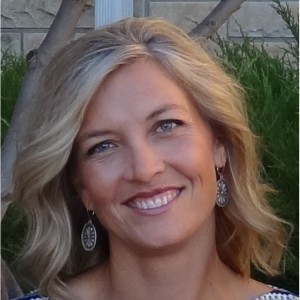 rolling slabs of clay or shaping the clay by hand. Additional adornment is done with stamps, textured patterns, and glaze. Due to the nature of clay, a great deal of tension is created when combining the two techniques, so attention must be paid to craftsmanship along with artistic vision to ensure a successful piece. My goal is to create pieces that go beyond their utilitarian basis, taking the form further by inserting inspiration. I love the rareness that only an object created with the human hand can have.
rolling slabs of clay or shaping the clay by hand. Additional adornment is done with stamps, textured patterns, and glaze. Due to the nature of clay, a great deal of tension is created when combining the two techniques, so attention must be paid to craftsmanship along with artistic vision to ensure a successful piece. My goal is to create pieces that go beyond their utilitarian basis, taking the form further by inserting inspiration. I love the rareness that only an object created with the human hand can have.
I have a particular interest in the historical, and often mystical, American West. Several of the pieces in this exhibit are from a series that were the result of study of historical Native American life, culture, and art, specifically that of the Plains Indians. Of primary inspiration were photographs from Edward Curtis’ The North American Indian. Mr. Curtis’ simple, close-up photographic portraits of Native Americans in the early 20th century provided a bountiful supply of examples of tribal clothing and adornment. In my research, I learned that scarcely a mark was made by Native Americans, by and large, that did not have some type of symbolism or meaning. This profoundly affected my approach to these pieces. My aim was not to exploit their heritage, but to pay homage to the People who were the original Americans, who made unspeakable sacrifices for the expansion of our country. I find their spirituality, physical beauty, and extraordinary creativity enormously inspiring.
Any love of The West could not be without representation of The Cowboy. Having been raised on a farm/ranch, and now married to a rancher, I have experienced first-hand the dichotomy of toughness vs. beauty in this way of life. Nature can take your breath away with her beauty, but scare you to death with her ferociousness. A similar theme is found in cowboy equipment. Like the Native American approach to aesthetics, much used in the ranching lifestyle is not only tough and functional, but pretty! Elements inspired by leatherwork and tooling are commonly found in my work, along with a rustic, natural feel to the glaze, or surface colorant.
I have recently returned to making art after taking a hiatus to start our family. In those years while I was making babies instead of pots, the desire to be creative was always there, resting impatiently. I have been questioning this desire, perhaps due to the perspective gained upon becoming a parent. After creating human life, making a ceramic bowl can seem insignificant. “Is my art-making constructive? Am I contributing anything helpful?” are questions I have asked. In light of events that occur in our world, my answer has come to be “yes.” There is enough ugly about our Earth, so I guess I’m okay with attempting to add some beauty to it, whether that is by nurturing a child or by something as simple as creating a nice mug.
I received a Bachelor of Fine Arts in 1992 from Mesa State College (now Colorado Mesa University) in Grand Junction, Colorado, and earned a Masters of Fine Arts degree in ceramics from Kansas State University in 1996, studying under Yoshiro Ikeda.
My work has been included in numerous group exhibitions, including The Kansas Masters Invitational Art Show and The Governor’s Inaugural Exhibition Invitational, as well as in many competitions across the country. My pieces have been featured in galleries in Kansas, Missouri, New Mexico and California, and in numerous private and corporate collections, as well as the 1995 book Best of Pottery.
I own a studio and gallery in a former church building on Main Street in Medicine Lodge. My husband is Todd, a veterinarian, and together we are raising three handsome men-to-be: Sawyer, Shaefer & Slayton.
David Vollbracht – The exhibition of oil paintings at the Vernon Filley Museum depicts my realistic impressions of the many varied landscapes of the Kansas prairie and the Rocky Mountains.
I would like the viewers of my paintings to feel my response to nature. Thus, I orchestrate the oil paintings rather than depict a literal view of my subject in the studio or in plein air. I am trying to communicate to the viewer what I feel about this scene before me; by taking the abundant information of the landscape that my eye sees and simplifying that into an emotional response. I am less interested in copying exactly what exists and more in organizing the painting into an intuitive response to how I feel about the subject matter. I am intrigued by the patterns and shapes in nature on the prairie and the peaks of mountains and concentrate on the effects of light on these elements.
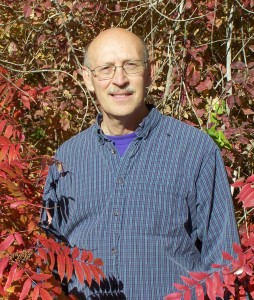 My formal education of art started in high school with Art Instruction Schools, then attending Colby Community College and Fort Hays State University. Through the years my education has continued with repeatedly studying works of artists that I admire through reading and attending workshops of Clyde Aspevig, Wayne Wolfe and Howard Friedland. Besides my numerous art shows and rewards, becoming a Signature Member of the Oil Painters of America was one of the highlights to my career as an oil painter.
My formal education of art started in high school with Art Instruction Schools, then attending Colby Community College and Fort Hays State University. Through the years my education has continued with repeatedly studying works of artists that I admire through reading and attending workshops of Clyde Aspevig, Wayne Wolfe and Howard Friedland. Besides my numerous art shows and rewards, becoming a Signature Member of the Oil Painters of America was one of the highlights to my career as an oil painter.
David Vollbracht, OPA,
David has shown his work at numerous shows including:
Virtuosos of the OPA
Alla Prima Westcliffe
Paints the Parks
Mountain Oyster Club Shows
National Oil Painters of America Exhibitions
American Plains Art Shows
Kansas Masters Invitational
Paint America
National Small Oil Painting Show
Two Person Show – Coutts Museum
and various Kansas and Colorado Plein Air Shows
Awards and Honors
2015 Best of Show Alla Prima Westcliffe Westcliffe,CO
2013 Director’s Choice Award Paint the Parks El Dorado, KS
2013 Best of Show Small Works Art Show Wichita, KS
2013 2nd Place Red River Art Show Ardmore, OK
2012 Clinic Founders Award Winter Gala Art Show Ardmore, OK
2012 3rd Place National Small Oil Painting Show Wichita, KS
2007 Gallery Award American Plains Artist Invitational Estes Park, CO
2003 Signature Membership Oil Painters of America
2000 Robert A DiMeo Award O.P.A National Show Carmel, CA
